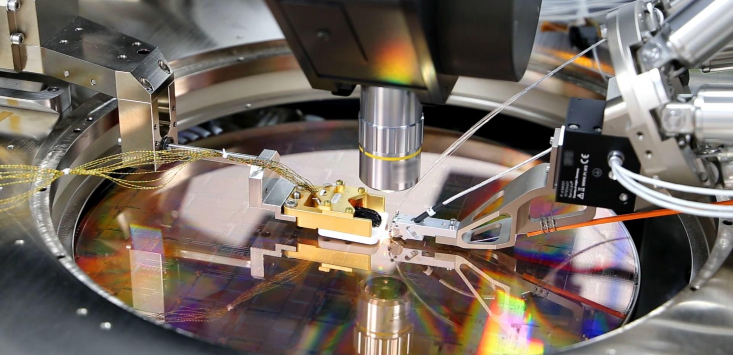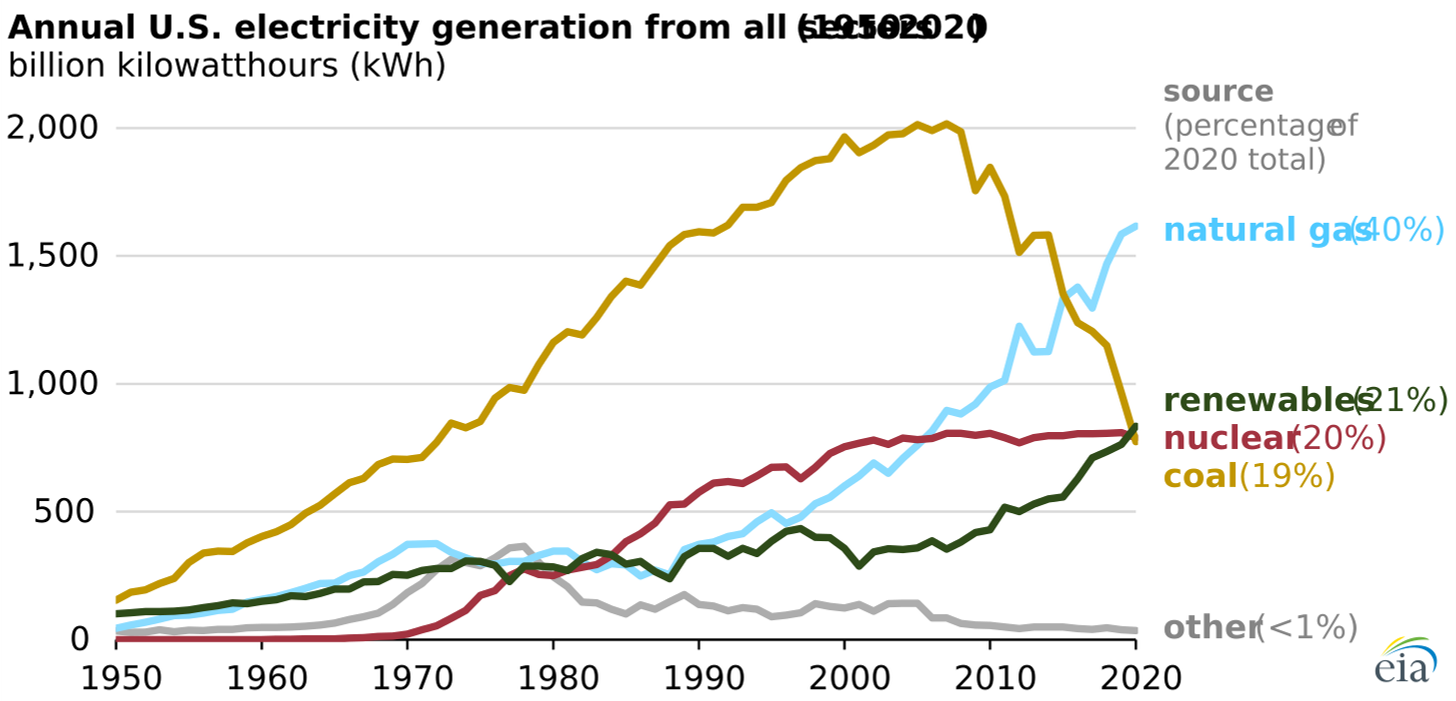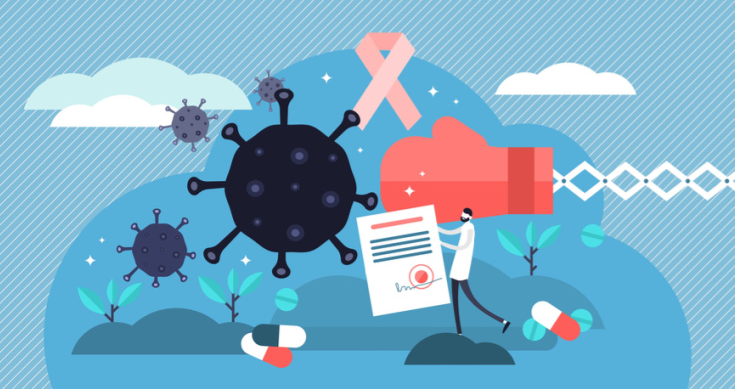Greetings,
Here’s your wrap of the latest technology, innovation, and finance news.
Quantum Mechanics
Researchers at Google, Stanford, and Princeton say they have used Google’s quantum computer to demonstrate a genuine “time crystal”, which is a new phase of matter that moves in a regular, repeating cycle without burning any energy (see the pre-print paper).
“The consequence is amazing: You evade the second law of thermodynamics,” said Roderich Moessner, director of the Max Planck Institute for the Physics of Complex Systems in Dresden, Germany, and a co-author on the Google paper. That’s the law that says disorder always increases.
PsiQuantum has raised $450 million at a $3.15 billion valuation to build a viable quantum computer. Investors included Blackrock, Baillie Gifford, Microsoft’s venture fund M12, Blackbird Ventures, and Temasek.
The startup has developed a technology whereby single particles of light, or photons, are patterned onto a silicon chip, which allows for fault-tolerant quantum computing, and can be manufactured at scale.
In May 2020, the business started manufacturing silicon photonic and electronic chips that will form the foundation of their Q1 system, marking a milestone in building its commercially viable product.

Virtual and Augmented Reality
Personal plug: Back in 2017 I was one of the first investors in an emerging VR game developer in Sydney called Alta. They were working on a charming social multiplayer game called A Township Tale, and I’m excited to say that two-and-a-half weeks ago the game launched on the Oculus Quest and shot straight to #1 on the top-selling charts (where it remains today)! This is an amazing achievement for Tima, Boramy, Joel, and the rest of the Alta team, and I encourage you to check it out!
 Bloomberg Quicktake showcased VR as a therapeutic tool to help people cope with issues ranging from PTSD to chronic pain (16-minute video).
Bloomberg Quicktake showcased VR as a therapeutic tool to help people cope with issues ranging from PTSD to chronic pain (16-minute video).Agritech
Rice and potato plant yields can be increased by 50% (!) by adding a gene encoding for a protein called FTO, according to a recent paper.
“The change really is dramatic,” said University of Chicago Prof. Chuan He, who together with Prof. Guifang Jia at Peking University led the research. “What’s more, it worked with almost every type of plant we tried it with so far, and it’s a very simple modification to make.”
Batteries
Contemporary Amperex Technology Limited (CATL), the largest EV battery maker in the world, has announced its first-generation sodium-ion battery. They’re the first top tier EV battery maker to announce a sodium-ion battery; sodium-ion batteries should be cheaper than lithium-ion batteries but questions remain about whether they can be effectively manufactured in large quantities.
The cost of sodium could be a fraction of lithium and EVs could charge more quickly, said Dennis Chien, a senior analyst at Hong Kong-based investment company HSZ Group. “I think there’s a great potential that sodium-ion batteries will play an important role” in EVs, he said.
Health
BioNTech, the developer of the Pfizer Covid-19 vaccine, wants to develop an mRNA-based vaccine for malaria.
With a highly effective malaria vaccine, Biontech could become the world’s dominant supplier of drugs based on messenger or messenger RNA technology. The German company created the first and most widely administered mRNA vaccine against the novel coronavirus. And it wants to use this technology to fight other diseases as well.
Biontech is currently testing 14 clinical product candidates against cancer in 15 ongoing studies, and the company is developing mRNA vaccines against nine different infectious diseases. Clinical trials for an mRNA vaccine against tuberculosis are also expected to start in 2022.
Mouse Health
US biologists have successfully suppressed alcoholism in mice with a mixture of two drugs (see the paper).
Shortly, scientists plan to test whether it is possible to suppress other bad habits in this way, and will also study how safe long-term use of Rapablock and Rapalink-1 will be. The researchers hope that these experiments will open the way for clinical trials of these drugs on volunteers.
Renewables
Renewables became the second-most prevalent US electricity source in 2020 according to the US Energy Information Administration.

Space
Astronomers have detected water vapour on Jupiter’s moon Ganymede for the first time.
It may hold more water than all of Earth’s oceans, but temperatures there are so cold that water on the surface freezes and the ocean lies roughly 160 kilometres below the crust. Nevertheless, where there is water there could be life as we know it. Identifying liquid water on other worlds is crucial in the search for habitable planets beyond Earth. And now, for the first time, evidence has been found for a sublimated water atmosphere on the icy moon Ganymede.
Mobility
Hyundai is deploying 30 hydrogen fuel-cell electric heavy-duty trucks in California.
Based on the experience gathered from the initial demonstrations, Hyundai will accelerate its effort to officially launch its zero-emission commercial trucks in North America. Hyundai said it is already in talks with multiple logistics and commercial companies that are interested in leveraging hydrogen technology for their freight delivery and drayage services in the U.S.
Artificial Intelligence
Google’s AI subsidiary, DeepMind, has created the most detailed and comprehensive database of human proteins to date using artificial intelligence (see the paper). The database is freely available online at the AlphaFold Protein Structure Database and has the potential to save scientists years of manual research.
“When we first sent our seven sequences to the DeepMind team, for two of those we already had experimental structures. So we were able to test those when they came back, and it was one of those moments, to be honest, when the hairs stood up on the back of my neck,” said McGeehan. “Because the structures that they produced were identical to our crystal structures. In fact, they contained even more information than the crystal structures were able to provide in certain cases. We were able to use that information directly to develop faster enzymes for breaking down plastics. And those experiments are already underway, immediately. So the acceleration to our project here is, I would say, multiple years.”
 Ever wondered how TikTok works out what you’re interested in? This 13-minute WSJ video provides a reasonable explanation.
Ever wondered how TikTok works out what you’re interested in? This 13-minute WSJ video provides a reasonable explanation.
Other Snippets
Facebook has open-sourced a robotics development platform called Droidlet (see the blog post).
Droidlet is a modular, heterogeneous embodied agent architecture, and a platform for building embodied agents, that sits at the intersection of natural language processing, computer vision, and robotics. It simplifies integrating a wide range of state-of-the-art machine learning (ML) algorithms in embodied systems and robotics to facilitate rapid prototyping.
In Dubai, they’re shooting clouds with lasers to make it rain.
The National Center of Meteorology in Dubai, United Arab Emirates, has found a new way to make it rain. It’s using laser-beam-shooting drones to generate rainfall artificially.
Last week the country’s weather service posted two videos offering proof of the heavy downpours in Dubai’s streets.
A recent study suggests that if global civilisation collapses, New Zealand is the place to be (see the paper). Iceland, the United Kingdom, Australia (specifically Tasmania), and Ireland were the next highest on the list.
This identified New Zealand as having the greatest potential to survive relatively unscathed thanks to its ability to produce geothermal and hydroelectric energy, its abundant agricultural land, and its low population.
Have a great week,
Thomas








